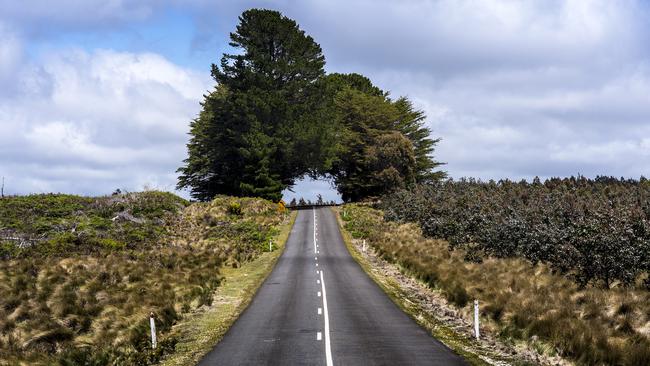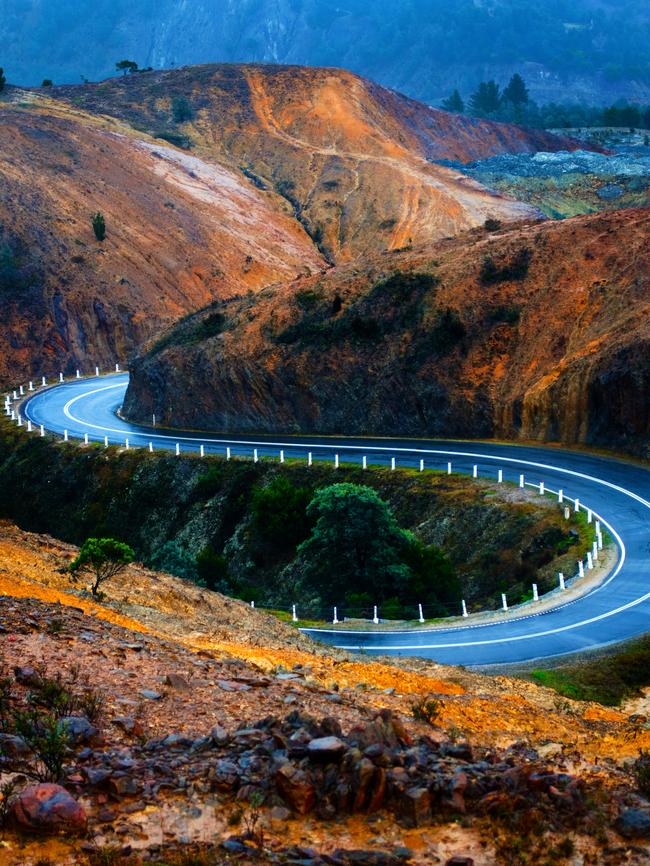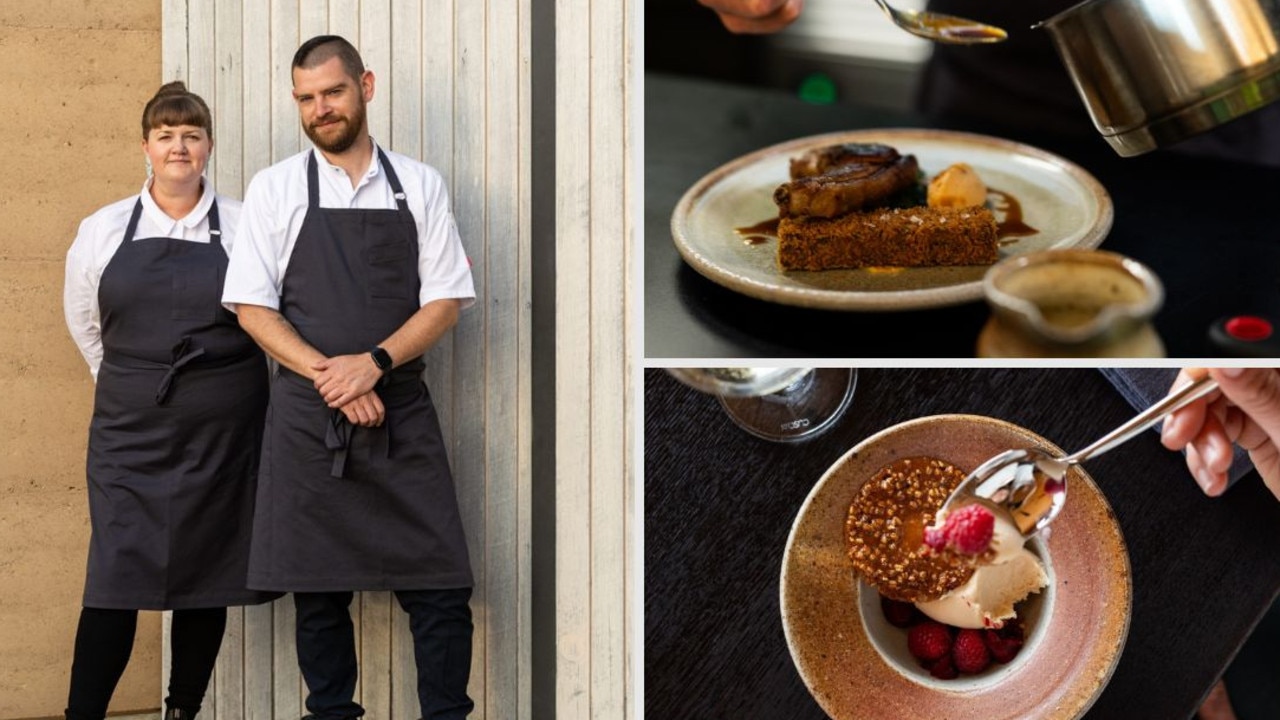New tourism journey to drive visitors to the state’s rugged West
A NEW driving tourism project aims to replicate the success of the Great Eastern Drive on the other side of the island.

Travel
Don't miss out on the headlines from Travel. Followed categories will be added to My News.
A NEW project aimed at building Tasmania’s West Coast as a driving tourism destination has begun with hopes it can replicate the success of the Great Eastern Drive on the other side of the island.
While visitor numbers to Tasmania’s historic and wild West have climbed by 13 per cent in the past year, Tourism Minister and Premier Will Hodgman says the new Western Journey project will provide further “turbo-charging” and ensure the region shares in the state’s tourism boom.
It comes after the West Coast Wilderness Railway and Queenstown’s The Unconformity festival were recognised in the recent Tasmanian Tourism Awards as the state’s best experiences.
MORE: WEST COAST LEADS THE WAY IN TASMANIAN TOURISM AWARDS
The roads and towns which lead people into the West — such as Derwent Bridge from the south and Tullah from the north — will be the focus of the Western Journey.

The project was kickstarted with an initial $500,000 Government investment and will be led by the Tourism Industry Council Tasmania in partnership with Destination Southern Tasmania and the Cradle Coast Authority.
Mr Hodgman said the project was part of a broader vision to break the island into a series of iconic and distinct journeys.
The first priority will be to develop and brand a drive experience from both Hobart and Burnie.
“The Western Journey is the next step to enable the West to realise its tourism potential and disperse visitors around the state and into some of the best environmental features our state offers,” Mr Hodgman said.
“The Great Eastern Drive has been a big success, making the journey as great as the destination, and that can now be replicated on the West Coast.”

Tourism Industry Council Tasmania CEO Luke Martin said the project was an exciting development.
“We want visitors to spend more time in the region and in communities, each with their own story,” Mr Martin said.
“Visitors also need to be encouraged to allow plenty of time to really explore the region. Now it is time to identify quintessential parts of the journey and start rolling out the experience over the next six months.”
The Cradle Coast Authority says it is all about dispersing tourists into the region.
“We are looking forward to the issues we have with dispersal being addressed by keeping visitors in the area longer to truly experience one of the most diverse, historic, spectacular, challenging yet rewarding drive journeys anywhere in Australia,” Regional Tourism manager Theresa Lord said.
The CCA has been working with the West Coast Council to deliver a destination action plan.
That plan prioritises increasing the length of visitor stays, dispersing them in terms of both region and season, and giving tourists more information about where they are and what they are seeing through better directions, interpretative signage and storytelling.
“Both the West Coast Wilderness Railway and The Unconformity festival were just last week recognised at the Tasmanian Tourism Awards as the best in the state, so the experiences are there, but introducing the Western Journey will now assist with dispersal,” Ms Lord said.
“The success of the Great Eastern Drive is inspirational, and we know car travel is an increasingly popular mode of travel for many of our visitors to Tasmania.”

Passengers on the Spirit of Tasmania increased in 2016-17 by 4 per cent to 433,925 — the highest figure reported since 2004 — when the Sydney to Devonport vessel was in operation. These passengers spent more than $540 million in Tasmania.
“This is a great outcome for Tasmanian businesses and the economy as those who arrive via the Spirits traditionally bring their cars, stay longer and visit more regions than those that arrive by air,” Ms Lord said.
helen.kempton@news.com.au


